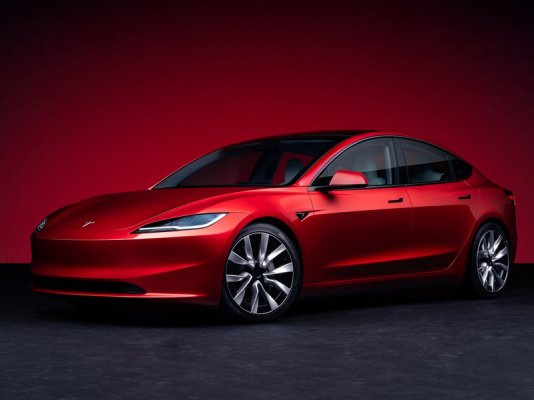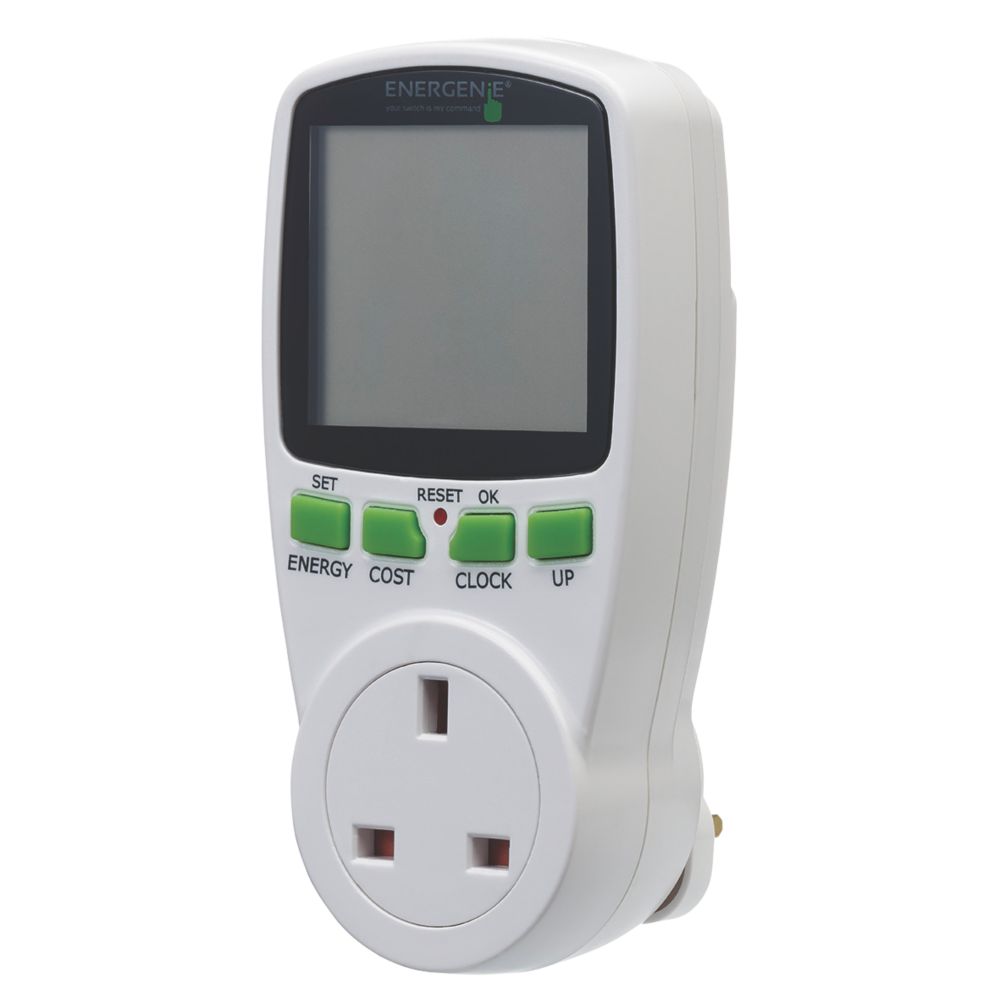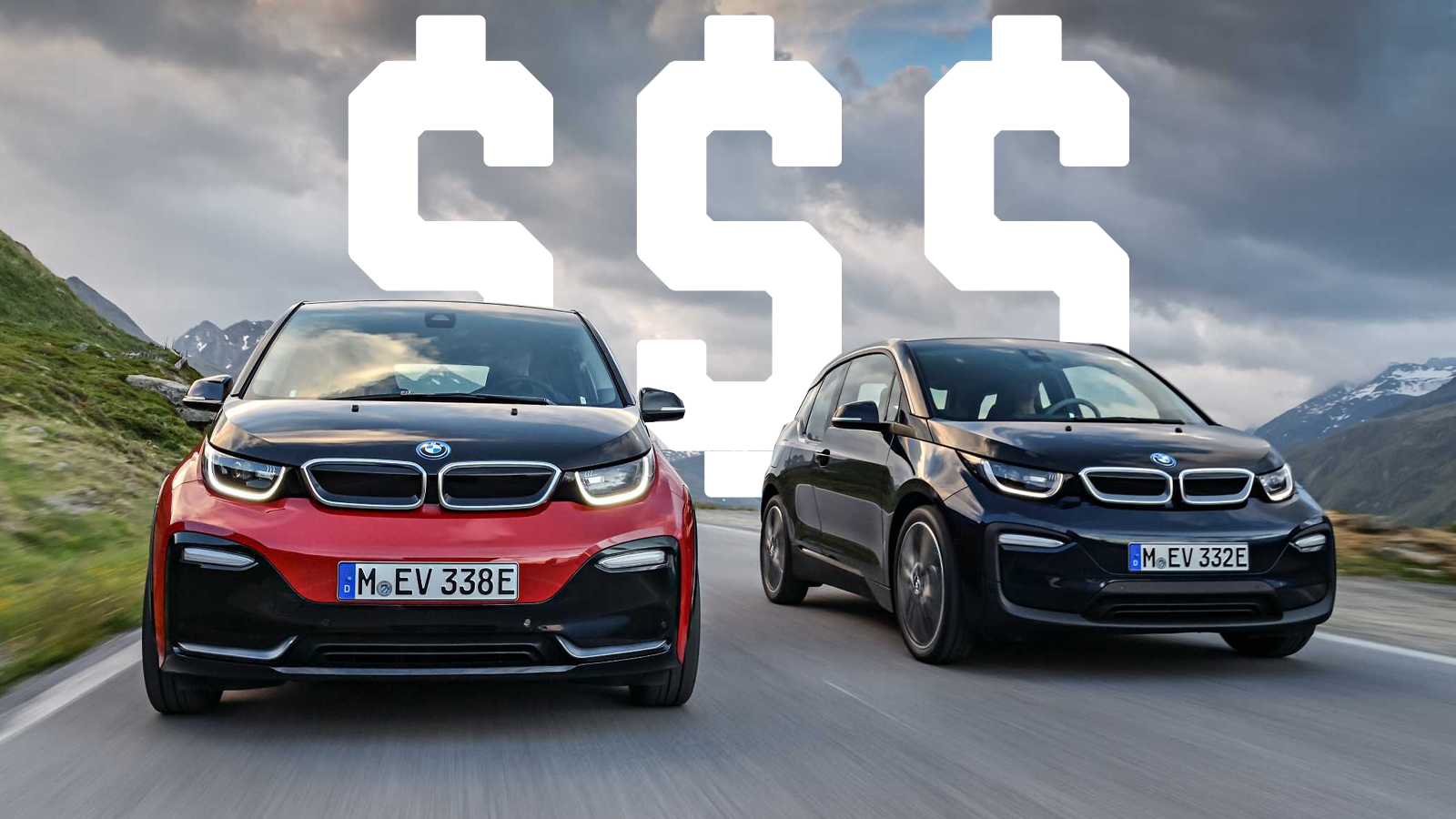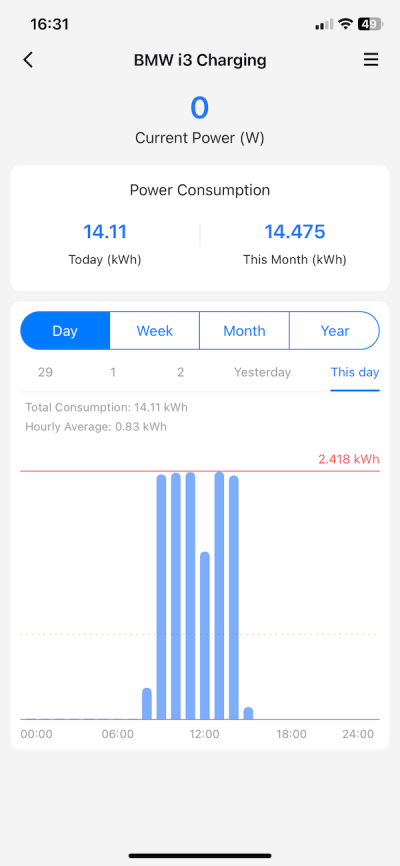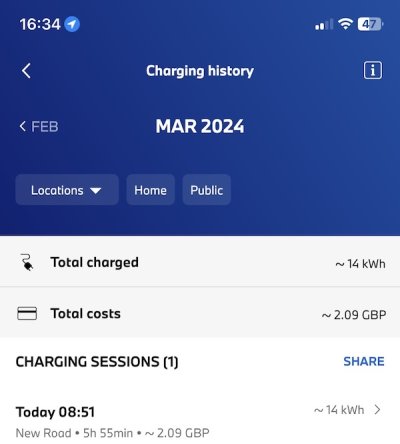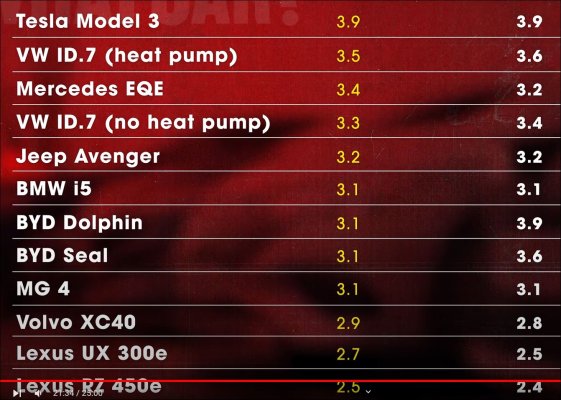Interesting 'real world' EV group test by What Car? looking at range from 100% charge till the car actually stopped moving. This was at 11C ambient (not really 'winter') with some wind/rain/etc., aircon set to 21C, and a mix of speeds (with some regen braking) on each 16 mile lap of the test route:
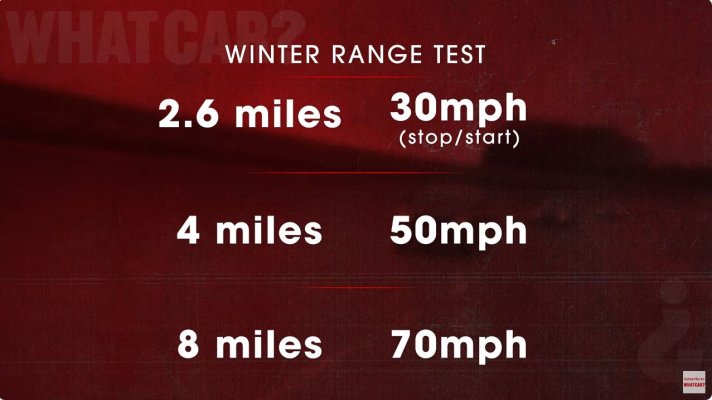
The results were:
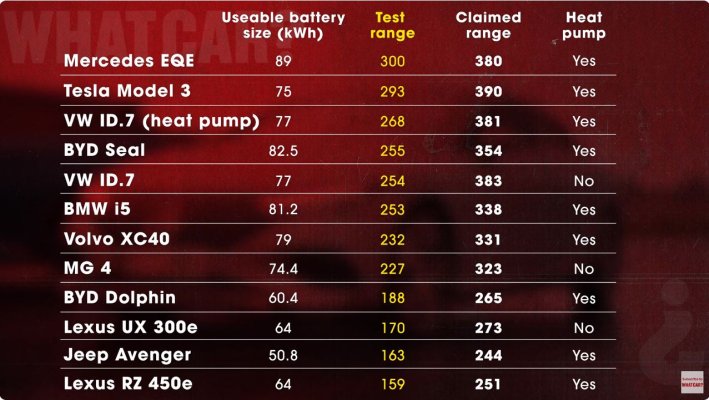
The Tesla Model 3 did pretty well, but this was the latest Long Range + 18" Aero wheels with a claimed range of 421 miles. In reality you'd never drive to 0% then keep going till it died, so perhaps 270 miles at best ... less if you wanted to stop with 10-15% capacity left.
The Lexus RZ got absolutely panned.
One other interesting thing was running two VW ID.7s that were identical apart from one having a heat pump (a £1050 option on this car) and the other not. There was an improvement in efficiency, but they worked out that from a financial POV the payback point was over half a million miles if you charged overnight at home (so basically you'd never recover the money). Even if you always charged at 79p per kWh it was 85k miles before you'd break even. That could change at other outside temperatures though.
As an aside the efficiency/cost figures calculated for each car at the end all assumed 100% charging efficiency
Full video here:

The results were:

The Tesla Model 3 did pretty well, but this was the latest Long Range + 18" Aero wheels with a claimed range of 421 miles. In reality you'd never drive to 0% then keep going till it died, so perhaps 270 miles at best ... less if you wanted to stop with 10-15% capacity left.
The Lexus RZ got absolutely panned.
One other interesting thing was running two VW ID.7s that were identical apart from one having a heat pump (a £1050 option on this car) and the other not. There was an improvement in efficiency, but they worked out that from a financial POV the payback point was over half a million miles if you charged overnight at home (so basically you'd never recover the money). Even if you always charged at 79p per kWh it was 85k miles before you'd break even. That could change at other outside temperatures though.
As an aside the efficiency/cost figures calculated for each car at the end all assumed 100% charging efficiency

Full video here:

